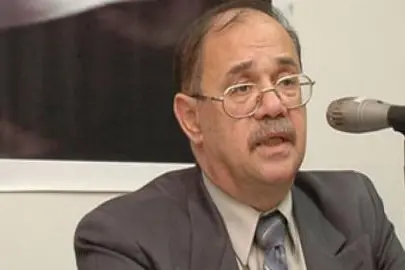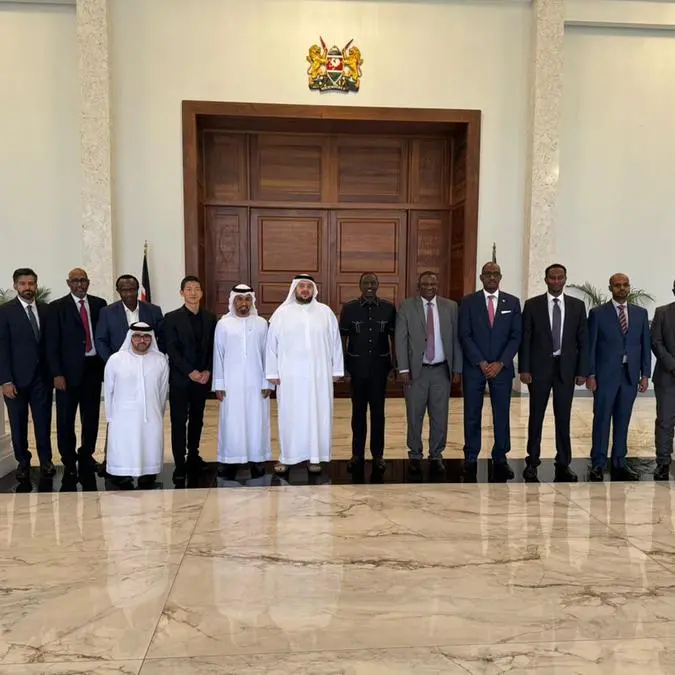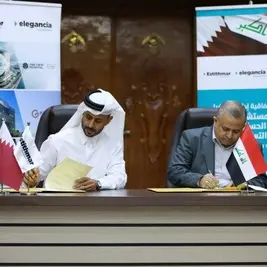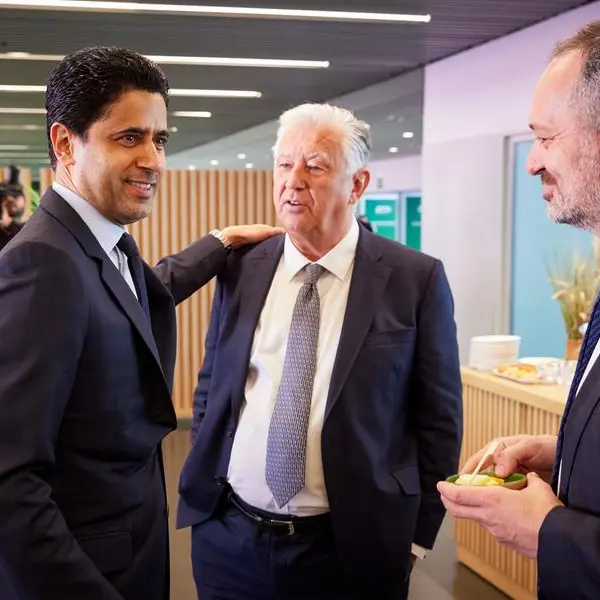PHOTO
Cairo, Egypt
In the two years that have passed since the landmark Paris Climate Agreement that laid down the groundwork for international effort in combating the effects of global warming, the conversation has been increasingly shifting towards defining the practical steps that must be taken by individual countries if they are to meet the environmental targets in the transition to a low-carbon economy.
The need for moving away from hydrocarbons itself is no longer in any doubt; it’s the question of which power source or sources should take the place of hydrocarbons in the future energy mix and in what proportion that forms the basis of today’s climate change agenda, as evidenced by the recent COP 23 conference in Bonn and the IAEA International Ministerial Conference in Abu Dhabi. Both events made clear that any viable solution to the zero-carbon energy mix should be sustainable in that it is able meet humanity’s ever-growing demand for electricity while being clean, efficient and affordable, and that the non-hydrocarbon energy sources such as wind, solar, hydro and nuclear power are to work together in securing the world’s energy future. In the wider public discourse, however, there is a tendency to overlook nuclear as part of the renewable energy mix – an attitude that experts warn is both factually unfounded and damaging to the environmental cause.
Professor Yassin Ibrahim, Former Chairman of Nuclear Power Plants Authority, notes that, in humankind’s search for low-carbon energy forms, ‘the expansion of nuclear energy use comes on top.’ Key to that, he says, is the fact that nuclear power ‘does not rely on burning fossil sources, and even if you look at the amount of emissions throughout a nuclear power plant’s lifecycle (including emissions from the manufacture of equipment, spare parts, etc.), it has been shown in many global comparative studies that the amount of emissions from one unit of power production throughout the lifecycle of the nuclear plant is lower than that of all sources of energy production, including solar and wind power.’
If we look at the length of time a power plant needs to operate in order to produce the power to offset the energy that was expended on its construction – it stands at 181 days for wind power, 360 days for solar power – against only 9 (!) days for nuclear.
In another crucial factor, of all non-carbon-based energy sources, only nuclear is inherently capable of producing stable electricity day in, day out, regardless of the weather, time of day and other externalities. This makes nuclear power plants uniquely suited for supplying the so-called baseload power, which is the backbone of any country’s economy and is required to power its enterprises and provide electricity for its hospitals, schools etc as well as for end customers.
Professor Ibrahim also highlights nuclear power plants’ ‘operational efficiency, which is measured by the ratio between the amount of actual energy produced compared to the amount of nominal energy if the unit is operated non-stop at maximum capacity. The average of the most nuclear plants worldwide is about 85%, which does not happen in any other technologies.’
Dr. Mohamed Mounir Megahed, Independent Technical Consultant, Nuclear Energy Applications remarks, ‘In spite of solar and wind energy great potentials, these renewable energy resources are not cost effective to generate electricity at huge capacities that offered by other conventional power plants or nuclear power plants because of its low efficiency and reliability. In addition, using solar energy requires very expensive and complicated systems to track the sun for solar panels, and storage systems for solar energy.’
In terms of levelised cost of electricity (LCOE), which factors in such parameters as capital construction costs, projected service lifetime and load factor, nuclear power comes in cheaper than any other renewable (or indeed than coal), at 0.08 USD per kWh, compared with 0.15 USD for wind and 0.57 USD for solar power, and its LCOE is expected further to decrease to 0.05-0.06 USD over the next three decades.
Also importantly from a financial standpoint, nuclear fuel, in marked contrast to fossil fuel, is not subject to wild price fluctuations, further contributing to its stability. Not only that, but closed nuclear fuel cycle technologies such as fast neutron (or breeder) reactors that reuse spent nuclear fuel, create ‘an inexhaustible source by nature. It is expected over the next two decades that these applications will be available on commercial level and at competitive prices and with exceptional safety. These applications can supply continuous power for more than a thousand years,’ Professor Ibrahim points out. Furthermore, nuclear power plants’ compact size makes their construction possible in virtually any location. For instance, an NPP with a 1 MWe power output takes up on average less than 1 sq km (0.68 sq km), while a solar park of equal capacity would take up nearly 150 sq km, a wind farm would require 571 sq km and a hydropower plant would occupy a whopping 1549 sq km (while also flooding a sizeable area).
Professor Ibrahim sums up, ‘In my opinion as an energy expert, nuclear energy is the energy of the future. It is a clean, safe and cost-effective energy. The project of the nuclear power plant is a great investment. The operational life of a nuclear plant is 60 years, and this leads to a lower price of kilowatt per hour. There is also a difference of $340 million in the annual nuclear fuel cost ($60 million) compared to the annual natural gas price ($400 million) used to operate a plant with the same capacity (1200 MW).’
Dr. Ibrahim El-Osery, Former Chief IAEA Adviser, Energy and Nuclear Affairs, lists among nuclear power’s wider benefits for Egypt the fact that ‘it is very clean to environment, it is encouraging tourism and we have suitable sites for an NPP in Egypt.’
Dr Megahed explains further, ‘The strategic, economic, technical and scientific importance of the El Dabaa NPP project increases as it will contribute to the conservation of oil and natural gas resources. These resources are inexhaustible and non-renewable and must be treated carefully so as not to deprive future generations from important resources needed for sustainable development, especially with the limited oil resources in Egypt, the lack of reliable sources of coal, and the use of available hydropower resources.’
-Ends-
For further information, please contact:
Engy Emad
Media Relations Manager
Trans – Arabian Creative Communications (TRACCS)
Mobile: 010 0900 2207
Email: engy.emad@traccs.net











